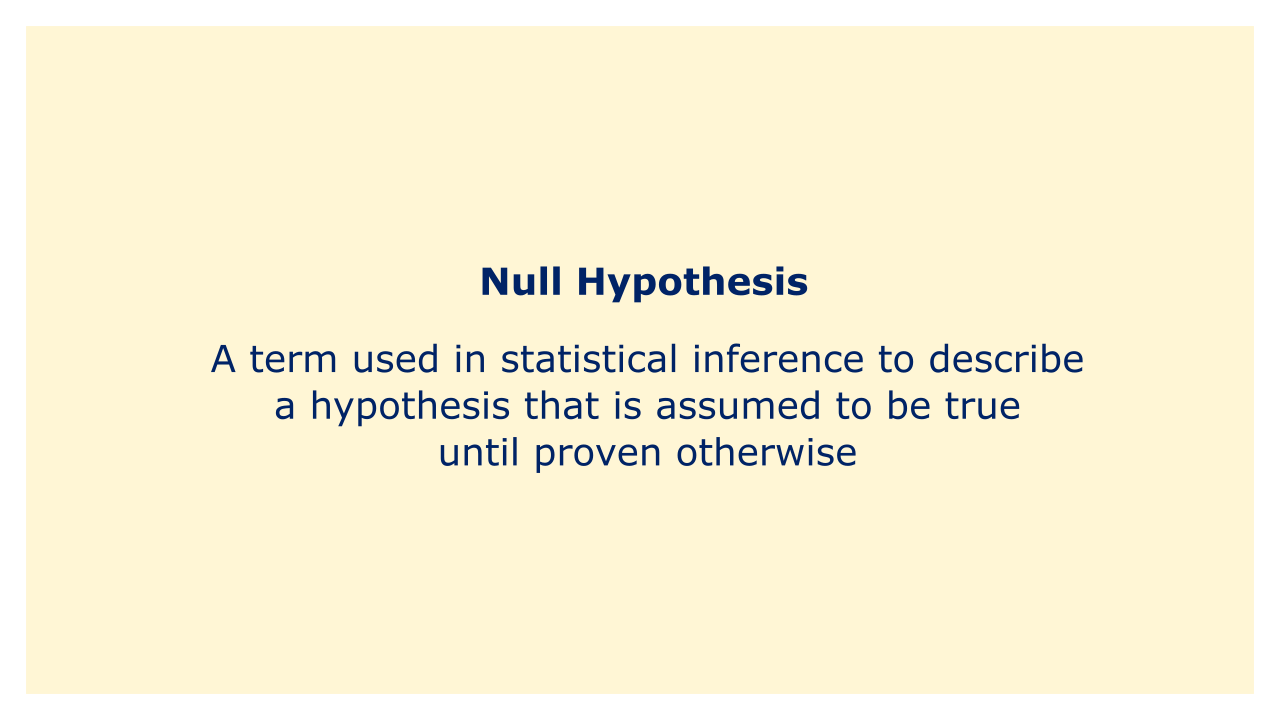 |
| Image: Moneybestpal.com |
In statistical inference, a hypothesis is referred to as the null hypothesis if it is considered to be true until disproven. In other terms, the null hypothesis states that there is no relationship or impact between two or more groups, or that there is no significant difference between two or more groups.
The null hypothesis, frequently abbreviated "H0," is tested against an alternative hypothesis, abbreviated "H1," in statistical testing. Finding out whether there is enough evidence to reject the null hypothesis and accept the alternative hypothesis is the aim of the testing procedure.
The null hypothesis, for instance, might be that there is no discernible difference between two treatments when assessing their efficacy in treating a certain medical disease. If there is a significant difference between the therapies, that would be the alternate theory.
The two treatment groups' data would be collected and using statistical techniques, it would be determined whether the observed differences between the groups are statistically significant—a test of the null hypothesis. The alternative hypothesis would be accepted in place of the null hypothesis if the observed differences were significant enough and highly improbable to have happened by chance.
The null hypothesis need not necessarily be true just because it is not rejected, it is crucial to remember. It only indicates that there isn't enough data to support rejecting the null hypothesis in favor of the alternative one. To further understand how the variables relate to one another, researchers may need to gather more information or employ new techniques.
The null hypothesis, for instance, might be that there is no discernible difference between two treatments when assessing their efficacy in treating a certain medical disease. If there is a significant difference between the therapies, that would be the alternate theory.
The two treatment groups' data would be collected and using statistical techniques, it would be determined whether the observed differences between the groups are statistically significant—a test of the null hypothesis. The alternative hypothesis would be accepted in place of the null hypothesis if the observed differences were significant enough and highly improbable to have happened by chance.
The null hypothesis need not necessarily be true just because it is not rejected, it is crucial to remember. It only indicates that there isn't enough data to support rejecting the null hypothesis in favor of the alternative one. To further understand how the variables relate to one another, researchers may need to gather more information or employ new techniques.
